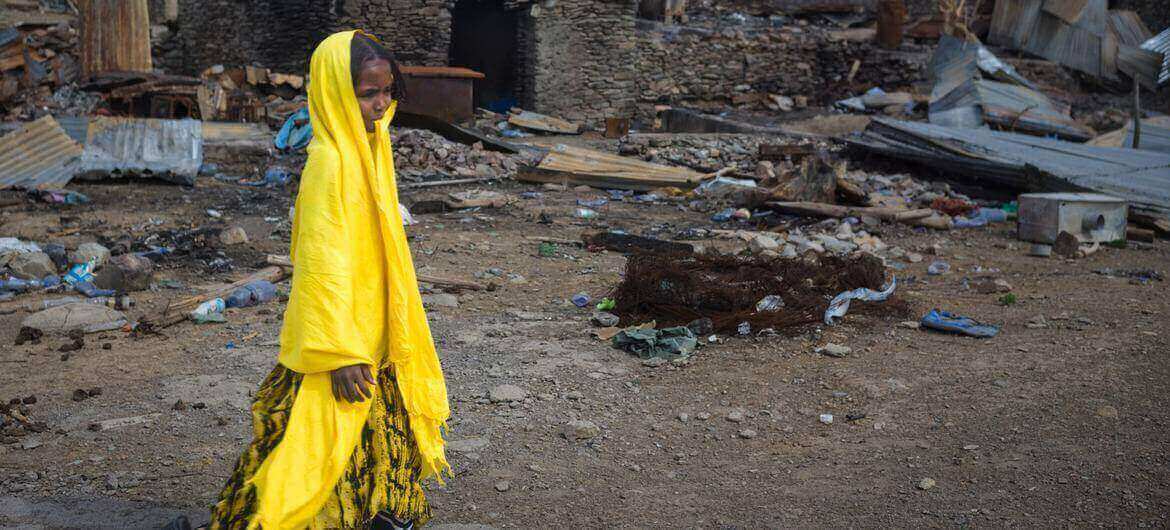
This is a quick take of the IMF’s 6.1% Gdp growth projection for 2023. Two days ago, the Managing Director of the IMF, Kristalina Georgieva, tweeted the following:
“Excellent meeting with the Ethiopian delegation, @MoF_Ethiopia and @NBEthiopia. Impressed by their determination to advance Ethiopia’s homegrown economic reform agenda. Discussed how the IMF can support.”
According to the IMF, at the beginning of this year, the projection for inflation for 2023 was 28.6%. Today, it is 29.1%. The government’s promise to curb the nation’s runaway inflation has failed. The reality is that inflation is increasing, not decreasing.
Similarly, at the beginning of the year, the IMF’s projection of Ethiopia’s GDP growth for 2023 was 13.5%. This was bad fiction. Today, it stands at 6.1%. It is still bad fiction.
According to Melaku Alebel, the Minister of Industry of Ethiopia, in 2022, 446 manufacturing industries stopped production. He attributed the problem among other things to foreign exchange and finance. In November 2022, a Harvard study confirmed chronic forex shortage was harming manufacturing firms who need imported inputs. Even worse, Since the beginning of Abiy’s war on Fanno, over 1000 businesses have closed shop in the Amhara tribal land.
The agricultural sector is another crisis area, suffering because of shortage of money to import fertilizer. Let us take Tigray and Amhara tribal lands alone. Together, they account for more than a third of the nation’s population. For all practical purposes, Tigray’s economy is all but dead. Amhara is not much better.
According to the UN-OCHA report, “about 80 percent of the land has been cultivated across all Meher dependent areas; however, only about 50 percent has been planted in the Amhara tribal land. The corresponding figure for Tigray is 30%. The figures for Benishangul and Southern People are 48 percent and 50 percent, respectively.
The export sector is no different. A headline on Addis Standard reads: “Ethiopia’s export sector grapples with a concerning decline in revenue as the just-concluded fiscal year comes to a close. Official reports reveal that the country’s export earnings in 2022/23 dwindled to $3.6 billion, experiencing a notable 12% decrease compared to the previous fiscal year. This decline not only signifies a significant setback from the previous fiscal year but also falls $1.6 billion short of the targeted $5.2 billion.”
Fitch Solutions echoed the same sentiment, stating: “We at Fitch Solutions forecast Ethiopia’s current account deficit will widen from an estimated 5.1% of GDP in 2022 to 5.5% in 2023, caused by rising import demand and a muted outlook for coffee exports.”
How and why is the IMF painting a rosy picture? Whatever the reason, it is not an objective economic assessment
Yonas Biru, PhD
Ethiopia in Crisis under Abiy Ahmed’s Fascist Regime put 28 million People in need
